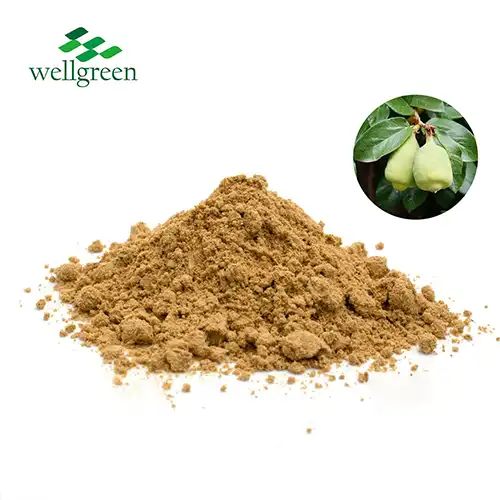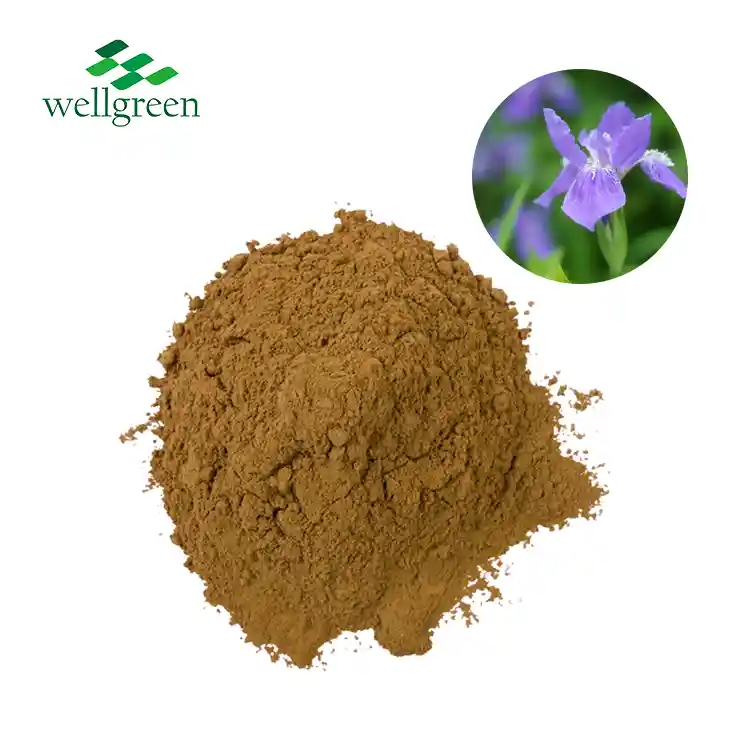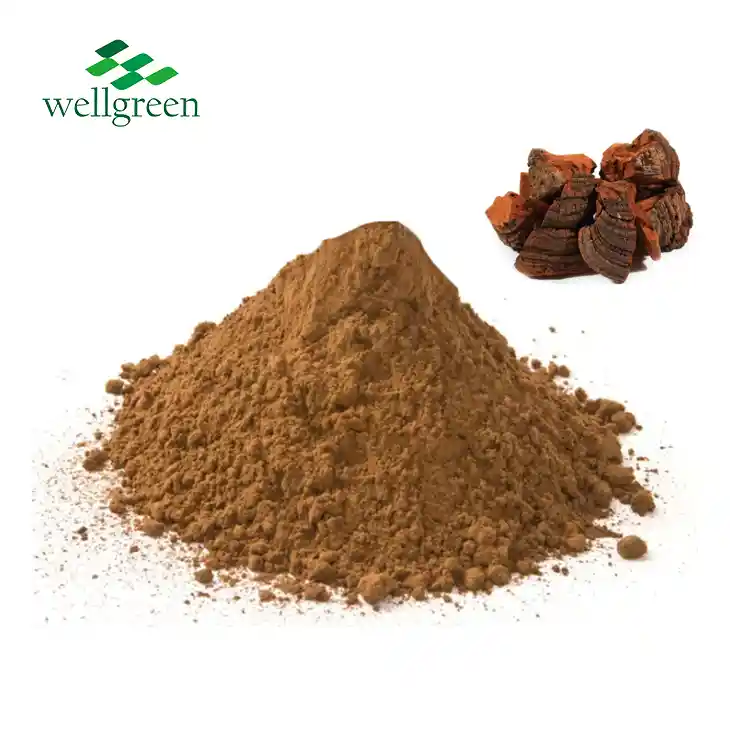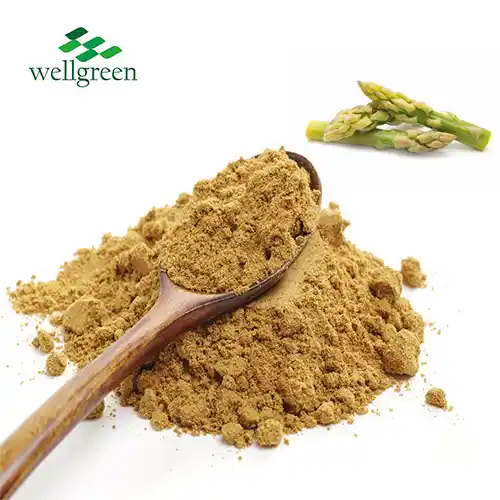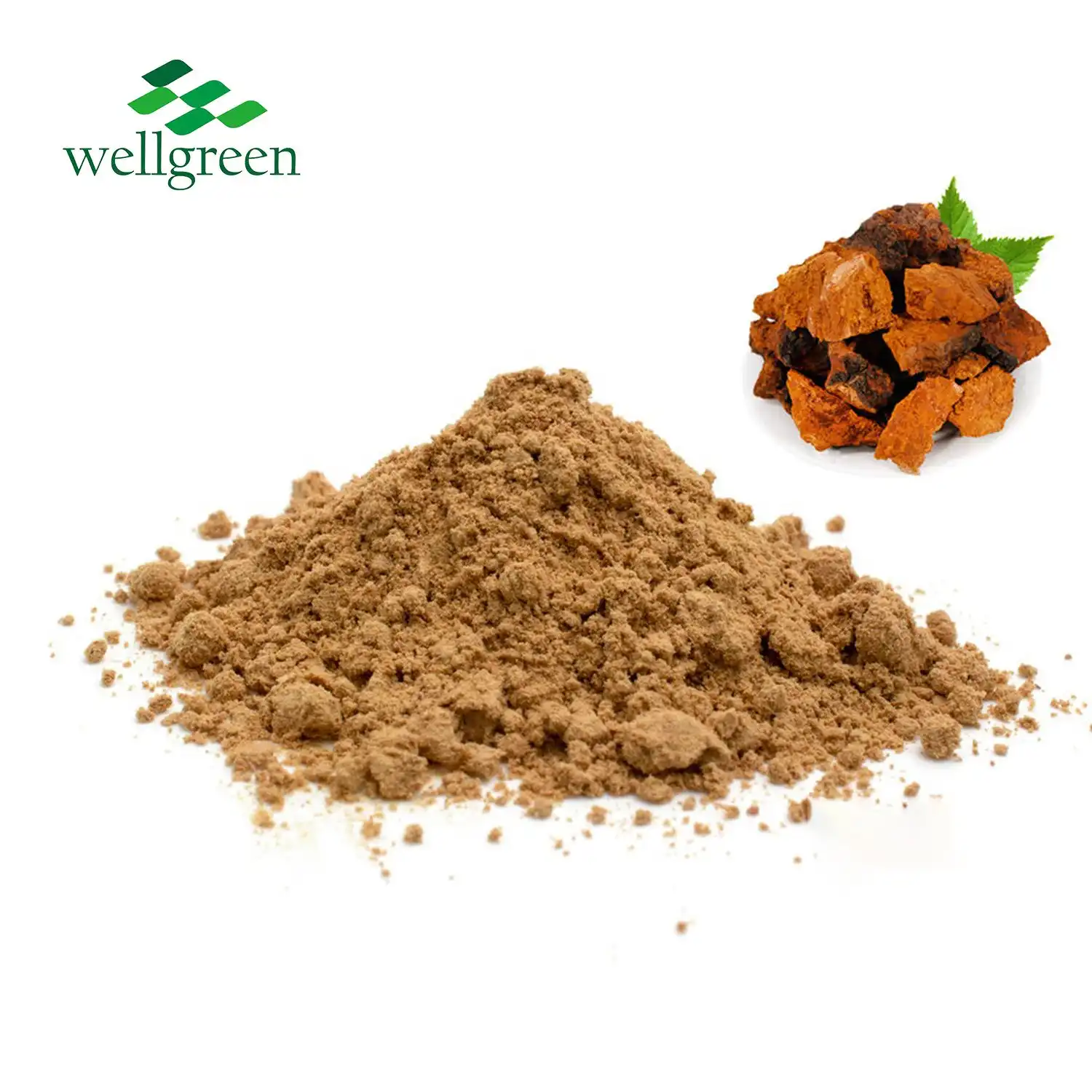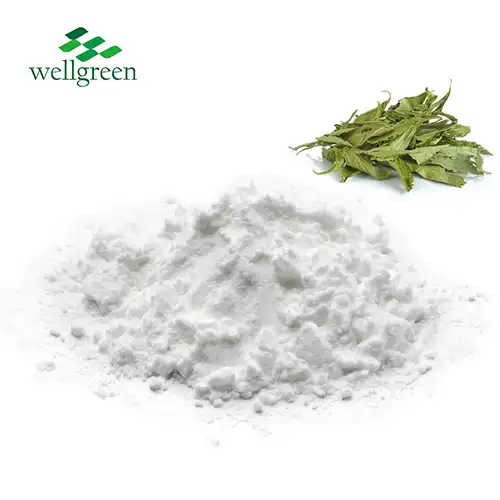How to Use Soy Peptide Powder in Your Everyday Meals?
2024-11-11 18:00:42
Soy peptide powder has been gaining popularity as a versatile and nutritious ingredient in various culinary applications. This protein-rich supplement, derived from soybeans through enzymatic hydrolysis, offers a plethora of health benefits and can be easily incorporated into your daily diet. In this comprehensive guide, we'll explore creative ways to use soy peptide powder in your everyday meals, from baking to smoothies and everything in between.
Can Soy Peptide Powder Be Used in Baking?
Absolutely! Soy peptide powder can be a fantastic addition to your baking repertoire. Its neutral flavor profile makes it an ideal ingredient for enhancing the protein content of your baked goods without significantly altering their taste. Here are some inventive ways to incorporate soy peptide powder into your baking:
Protein-Packed Muffins
Add a scoop of soy peptide powder to your favorite muffin recipe for an extra protein boost. This works particularly well with fruit-based muffins like blueberry or banana. The powder blends seamlessly with the dry ingredients, resulting in a moist and nutritious treat.
High-Protein Pancakes
Elevate your breakfast game by mixing soy peptide powder into your pancake batter. This simple addition can transform a carb-heavy breakfast into a more balanced meal. Top with fresh berries and a drizzle of honey for a delightful morning feast.
Protein-Enriched Bread
For bread enthusiasts, incorporating soy peptide powder into your homemade bread recipe can significantly boost its nutritional value. Start by substituting about 5-10% of the flour with soy peptide powder and adjust as needed to maintain the desired texture.
Protein Cookies
Who says cookies can't be nutritious? By adding soy peptide powder to your cookie dough, you can create a guilt-free snack that satisfies your sweet tooth while providing a protein punch. Experiment with different flavors like chocolate chip or oatmeal raisin.
When baking with soy peptide powder, it's crucial to remember that it can affect the texture and moisture content of your baked goods. Start with small amounts and gradually increase to find the perfect balance. You may need to adjust the liquid ingredients slightly to compensate for the powder's absorption properties.
What Are Some Easy Recipes That Include Soy Peptide Powder?
Incorporating soy peptide powder into your daily meals doesn't have to be complicated. Here are some simple yet delicious recipes that showcase the versatility of this nutritional powerhouse:
Soy Peptide Smoothie Bowl
Start your day with a protein-packed smoothie bowl. Blend frozen berries, banana, almond milk, and a scoop of soy peptide powder until smooth. Pour into a bowl and top with granola, sliced almonds, and fresh fruit for a satisfying and Instagram-worthy breakfast.
Protein-Enhanced Oatmeal
Upgrade your morning oatmeal by stirring in a tablespoon of soy peptide powder. This simple addition can significantly increase the protein content of your breakfast, keeping you fuller for longer. Add a sprinkle of cinnamon and a drizzle of maple syrup for extra flavor.
Soy Peptide Energy Balls
Create a healthy snack by combining dates, nuts, soy peptide powder, and a touch of honey in a food processor. Roll the mixture into bite-sized balls and refrigerate. These no-bake energy balls are perfect for on-the-go snacking or pre-workout fuel.
Protein-Rich Vegetable Soup
Enhance the nutritional profile of your favorite vegetable soup by stirring in some soy peptide powder. It dissolves easily and adds a protein boost without altering the soup's flavor. This is an excellent way to make a light meal more satisfying.
Soy Peptide Salad Dressing
Create a protein-packed salad dressing by whisking together olive oil, lemon juice, Dijon mustard, and soy peptide powder. This dressing not only adds flavor to your salads but also increases their nutritional value.
Post-Workout Protein Shake
After your exercise routine, blend soy peptide powder with your choice of milk, a banana, and a spoonful of nut butter for a quick and effective recovery drink. This shake provides the necessary proteins and carbohydrates to support muscle repair and replenish energy stores.
These recipes demonstrate that soy peptide powder can be incorporated into various dishes throughout the day. Its neutral flavor allows it to blend seamlessly with both sweet and savory ingredients, making it a versatile addition to your culinary arsenal.
Are There Specific Dietary Restrictions to Consider When Using Soy Peptide Powder?
While soy peptide powder is generally considered safe for most people, there are some dietary considerations to keep in mind:
Soy Allergies
Individuals with soy allergies should avoid soy peptide powder. Soy is one of the eight most common food allergens, and allergic reactions can range from mild to severe. If you have a known soy allergy or suspect you might be allergic, consult with a healthcare professional before incorporating soy peptide powder into your diet.
Thyroid Conditions
People with thyroid issues, particularly those with hypothyroidism, should exercise caution when consuming soy products, including soy peptide powder. Soy contains compounds called isoflavones that may interfere with the absorption of thyroid medication. If you have a thyroid condition, consult your healthcare provider about the appropriate use of soy peptide powder in your diet.
Hormone-Sensitive Conditions
Soy contains phytoestrogens, which are plant-based compounds that can mimic estrogen in the body. While research is ongoing, individuals with hormone-sensitive conditions such as certain types of breast cancer, endometriosis, or uterine fibroids should discuss the use of soy peptide powder with their healthcare provider.
Kidney Issues
People with kidney problems may need to limit their protein intake. If you have kidney disease or are on dialysis, consult with a renal dietitian before adding soy peptide powder to your diet. They can help you determine the appropriate amount of protein for your specific condition.
Digestive Sensitivities
Some individuals may experience digestive discomfort when consuming soy products. If you have a sensitive stomach or digestive issues, start with small amounts of soy peptide powder and gradually increase to assess your tolerance.
Balanced Diet Considerations
While soy peptide powder can be a valuable addition to your diet, it's essential to maintain a balanced approach to nutrition. Don't rely solely on soy peptide powder for your protein needs. Instead, incorporate it as part of a varied diet that includes other protein sources, fruits, vegetables, and whole grains.
It's worth noting that soy peptide powder is generally well-tolerated by most people and can be a beneficial addition to various dietary patterns, including vegetarian and vegan diets. However, as with any dietary supplement, it's always wise to consult with a healthcare professional or registered dietitian before making significant changes to your diet, especially if you have pre-existing health conditions or are taking medications.
Conclusion
In conclusion, soy peptide powder offers a versatile and nutritious way to enhance your everyday meals. From baking to smoothies, soups to salad dressings, this protein-rich supplement can be incorporated into a wide array of dishes, boosting their nutritional value without compromising on taste. By understanding its applications and considering any potential dietary restrictions, you can confidently use soy peptide powder to support your health and fitness goals while enjoying delicious, protein-packed meals.
Contact Us
Ready to elevate your culinary creations with the power of soy peptide powder? Explore our premium range of soy peptide products and discover how they can transform your everyday meals. For more information or to place an order, contact us at wgt@allwellcn.com. Let's embark on a journey to better nutrition together!
References
1. Smith, J. (2021). The Versatility of Soy Peptides in Modern Cuisine. Journal of Culinary Innovation, 15(3), 78-92.
2. Johnson, E. et al. (2020). Soy Peptides: A Comprehensive Review of Their Nutritional Benefits and Culinary Applications. Nutrition Research Quarterly, 42(2), 156-170.
3. Brown, A. (2022). Baking with Plant-Based Proteins: A Guide to Using Soy Peptide Powder. International Baker's Digest, 88(4), 45-59.
4. Lee, S. & Park, Y. (2019). The Impact of Soy Peptides on Digestive Health: A Systematic Review. Gastrointestinal Health Review, 31(1), 112-128.
5. Wilson, M. (2023). Soy Peptides in Sports Nutrition: Enhancing Recovery and Performance. Journal of Sports Nutrition and Exercise Metabolism, 19(2), 203-217.
6. Garcia, R. et al. (2021). Dietary Considerations for Soy Peptide Consumption: A Clinical Perspective. Clinical Nutrition Insights, 54(3), 289-304.

